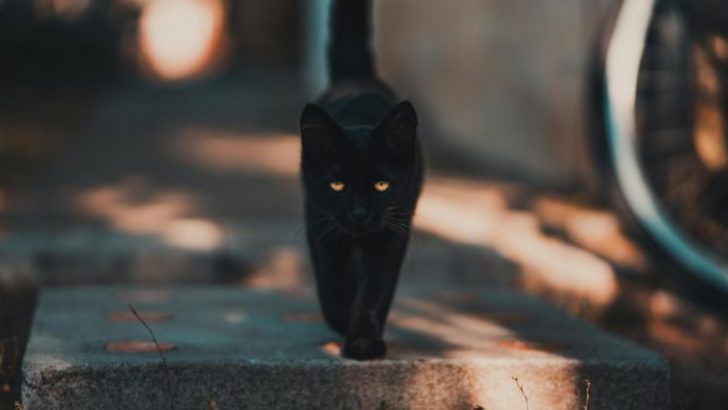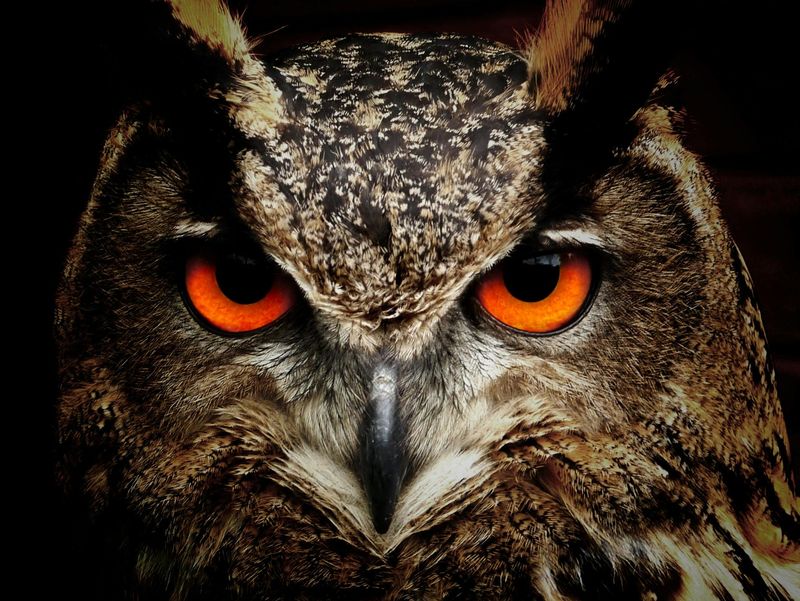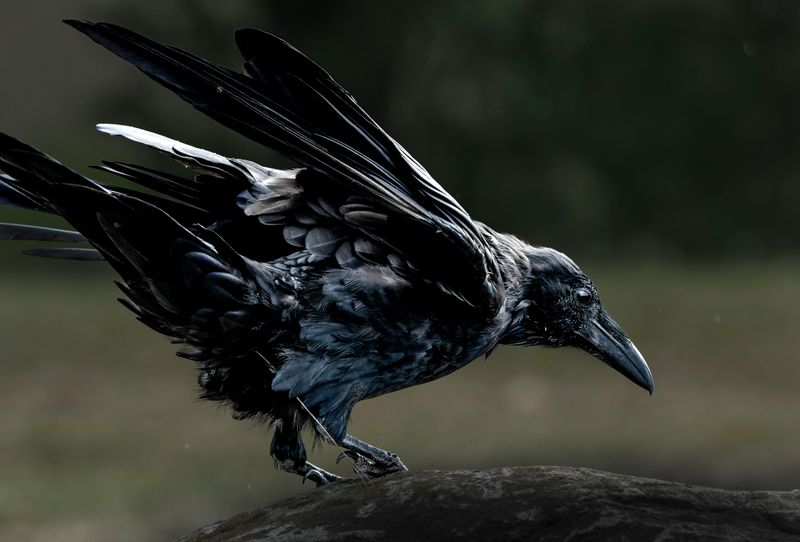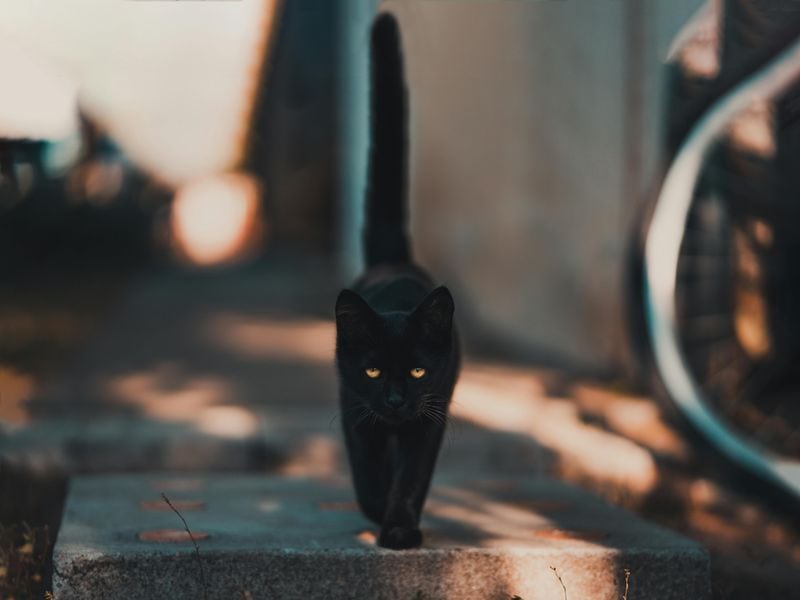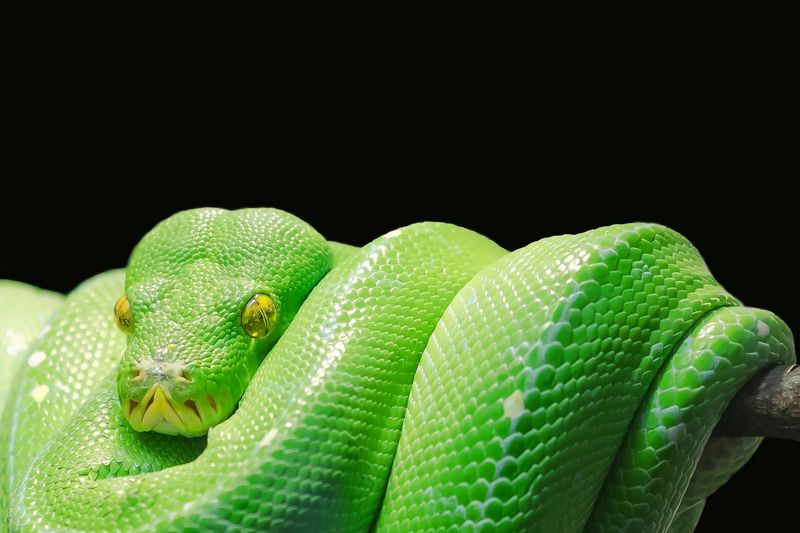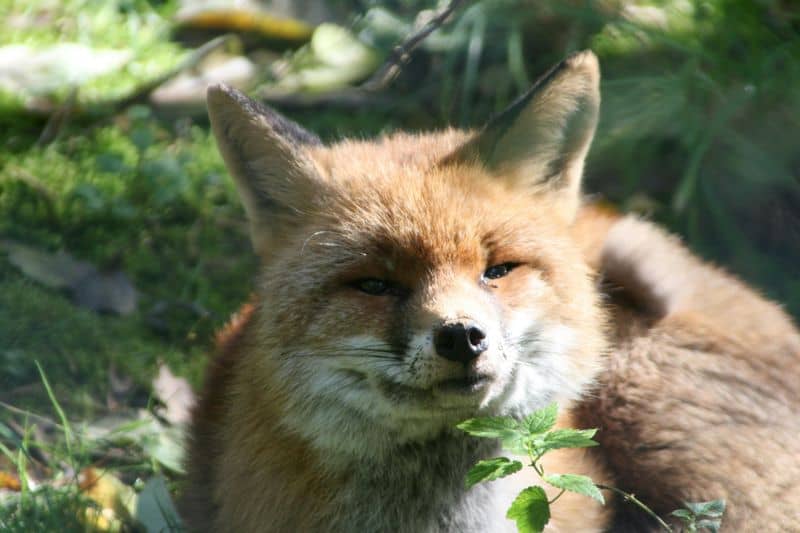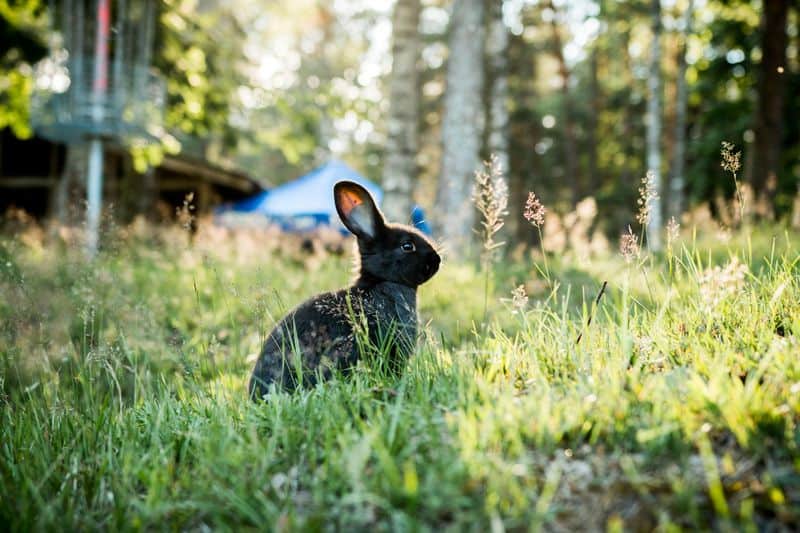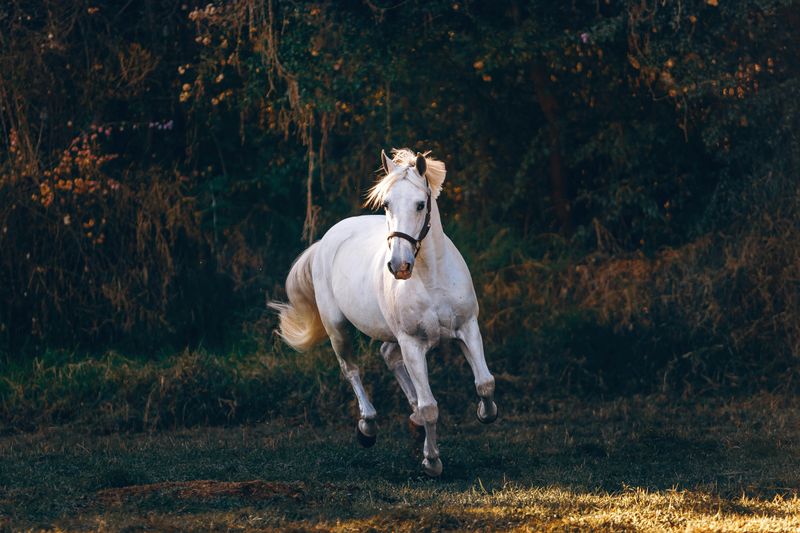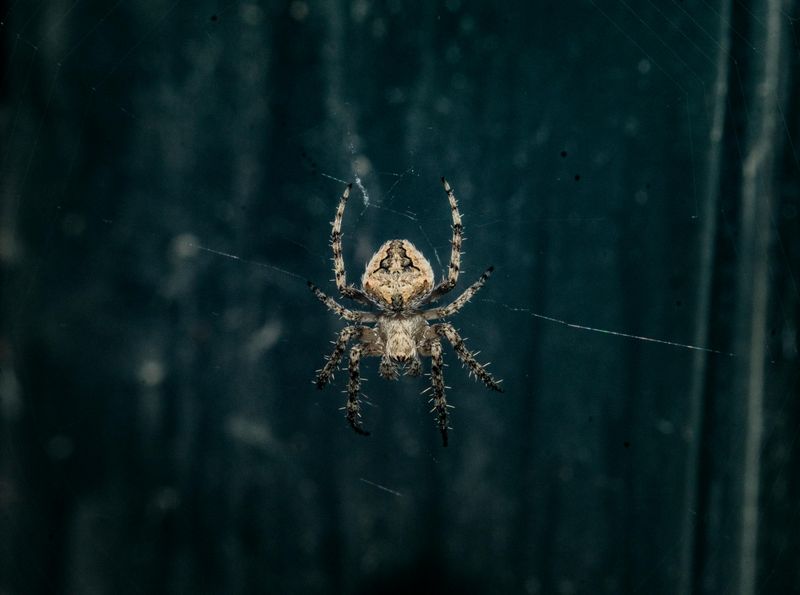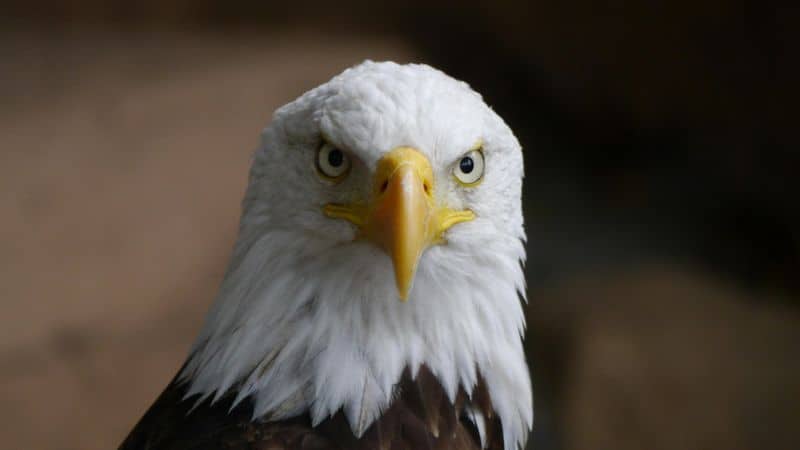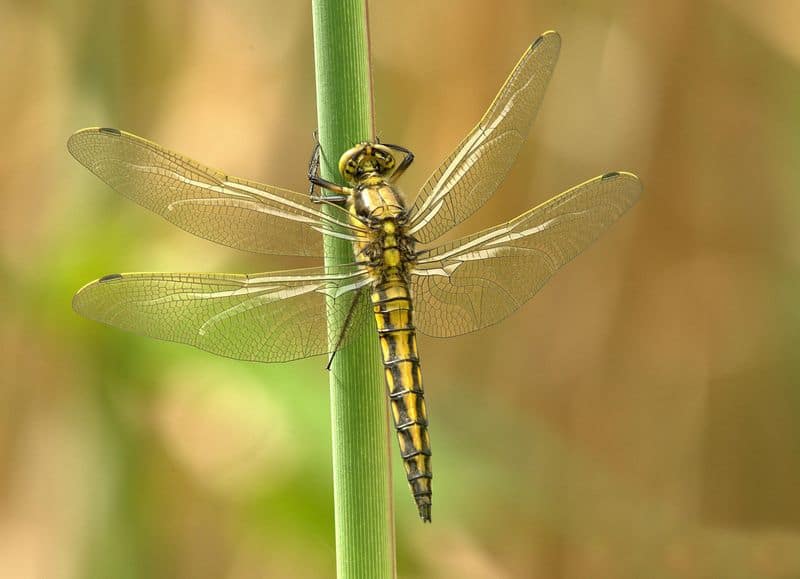Animals have fascinated humans since ancient times, often serving as messengers between our world and the spiritual realm.
Across different civilizations, certain creatures have been viewed as powerful omens—bringing warnings, blessings, or glimpses into the future.
These animal messengers appear in folklore worldwide, with their meanings varying dramatically from one culture to another.
1. Owls: Wisdom or Whispers of Death
Ancient Greeks revered owls as sacred companions to Athena, goddess of wisdom. Their silent flight and penetrating gaze symbolized knowledge and foresight.
In stark contrast, many Indian, Japanese, and African traditions view the owl’s nocturnal call as a harbinger of death or misfortune. Their ability to see in darkness connects them to the unseen world.
Native American interpretations vary widely—Cree people consider an owl’s cry a spiritual summons, while Apache tribes believe dreaming of these night hunters foretells approaching death.
2. Ravens and Crows: Messengers Between Worlds
Ebony feathers gleaming in sunlight, crows and ravens carry powerful symbolic weight across continents. Norse mythology features Odin’s ravens Huginn and Muninn (Thought and Memory), who flew worldwide gathering information for the All-Father.
European folklore often casts these intelligent birds as omens of death, their presence at battlefields and graveyards cementing this association. Their carrion-eating habits only strengthened these connections.
Many Native American traditions take a different view, seeing crows as clever shapeshifters and spiritual messengers bringing transformation and change.
3. Black Cats: Luck’s Double Edge
Few animals inspire such contradictory reactions as the sleek black cat crossing your path. Medieval European fears linked these midnight-colored felines with witchcraft and satanic connections, beliefs that eventually spread to America through colonial influence.
Japanese culture tells a completely different story! The maneki-neko (beckoning cat) figurine represents good fortune and prosperity for businesses and households alike.
Egyptian history reveals perhaps the most positive view—cats of all colors were sacred animals associated with the goddess Bastet, protectors against evil and bringers of good fortune.
4. Serpents: Guardians of Hidden Knowledge
Slithering through mythology worldwide, snakes embody both creation and destruction. Hindu traditions revere Nāgas—divine serpent beings protecting sacred knowledge and bringing rainfall for crops.
The biblical serpent tempted Eve with forbidden knowledge, forever associating snakes with cunning and deception in Western cultures. Their ability to shed skin makes them powerful symbols of rebirth.
Chinese mythology celebrates the snake as one of the zodiac animals, representing wisdom and good fortune. Ancient Aztecs worshipped Quetzalcoatl, the feathered serpent deity symbolizing wisdom, creation, and the morning star.
5. Foxes: Tricksters or Spirit Guides
A flash of red fur disappearing into the forest might signal more than just wildlife in many traditions. Japanese folklore tells of kitsune—magical fox spirits capable of shape-shifting, sometimes serving as messengers of Inari, the rice deity.
Korean mythology features similar nine-tailed foxes called kumiho, though these are typically portrayed as dangerous rather than beneficial. Their cleverness makes them natural trickster figures.
Native American traditions often cast foxes as cunning teachers whose lessons come through mischief and deception. Celtic beliefs sometimes viewed them as guides between worlds due to their comfort in darkness.
6. Rabbits: Fertility’s Messengers
Hopping across cultural boundaries, rabbits carry potent symbolic power despite their diminutive size. Their remarkable reproductive abilities make them natural symbols of fertility and abundance in cultures worldwide.
European traditions consider spotting a rabbit at the beginning of a month brings good fortune—”rabbit rabbit” spoken on the first day ensures luck. The Easter Bunny tradition stems from these associations with springtime renewal.
Celtic mythology links rabbits with the underground realm and intuition, while some Native American stories cast them as trickster figures. Chinese zodiac traditions celebrate the rabbit as representing elegance, mercy, and artistic talent.
7. Horses: Noble Messengers of Power
Thundering hooves echo through human history as symbols of freedom, power, and intuition. Celtic traditions honored the horse goddess Epona, protector of travelers and cavalry, believing restless horses could sense approaching danger.
White horses hold special significance across cultures—Norse mythology features Sleipnir, Odin’s eight-legged steed traveling between worlds. Many Native American traditions view horses as symbols of freedom and spiritual power.
Chinese zodiac traditions celebrate the horse’s independent spirit and unwavering determination. The appearance of a horse in dreams often signals impending journeys or major life transitions across many cultural interpretations.
8. Spiders: Weavers of Fate
Spinning silken threads in corners and gardens, spiders create intricate designs that have inspired human mythology for millennia. Ancient Greek legend tells of Arachne, a talented weaver transformed into the first spider after challenging the goddess Athena.
West African folklore celebrates Anansi the spider, a clever trickster who brought stories to humanity. Finding a spider in your home signals prosperity in many European traditions—killing one might reverse this fortune.
Native American Hopi traditions honor Spider Grandmother, who helped create humanity and taught weaving. These eight-legged creatures consistently symbolize creativity, patience, and the delicate threads connecting all living beings.
9. Eagles: Divine Messengers of the Sky
Soaring majestically through azure skies, eagles command respect across diverse cultural traditions. Native American cultures revere the eagle as a sacred creature carrying prayers to the Creator—finding an eagle feather is considered a profound spiritual blessing.
Ancient Roman legions carried eagle standards into battle, symbolizing Jupiter’s divine power and imperial might. Their keen vision and impressive hunting abilities made them natural symbols of power and foresight.
In Norse mythology, eagles represented wisdom and enlightenment, sometimes associated with Odin’s quest for knowledge. Mesoamerican civilizations like the Aztecs viewed eagles as solar symbols representing courage and strength.
10. Dragonflies: Harbingers of Change
Iridescent wings shimmer like jewels as dragonflies dart across water surfaces, inspiring rich symbolism worldwide. Japanese culture holds these insects in particular esteem—called “akitsu” or “katsumushi” (victory insects), they represent courage, strength, and happiness.
Native American traditions often view dragonflies as symbols of transformation and renewal due to their metamorphosis from water-dwelling nymphs to aerial hunters. Their ability to move in all six directions connects them to spiritual insight.
European folklore sometimes associated dragonflies with the devil, calling them “devil’s darning needles” with supposed abilities to sew closed the mouths of liars or misbehaving children—a stark contrast to their positive associations elsewhere!

